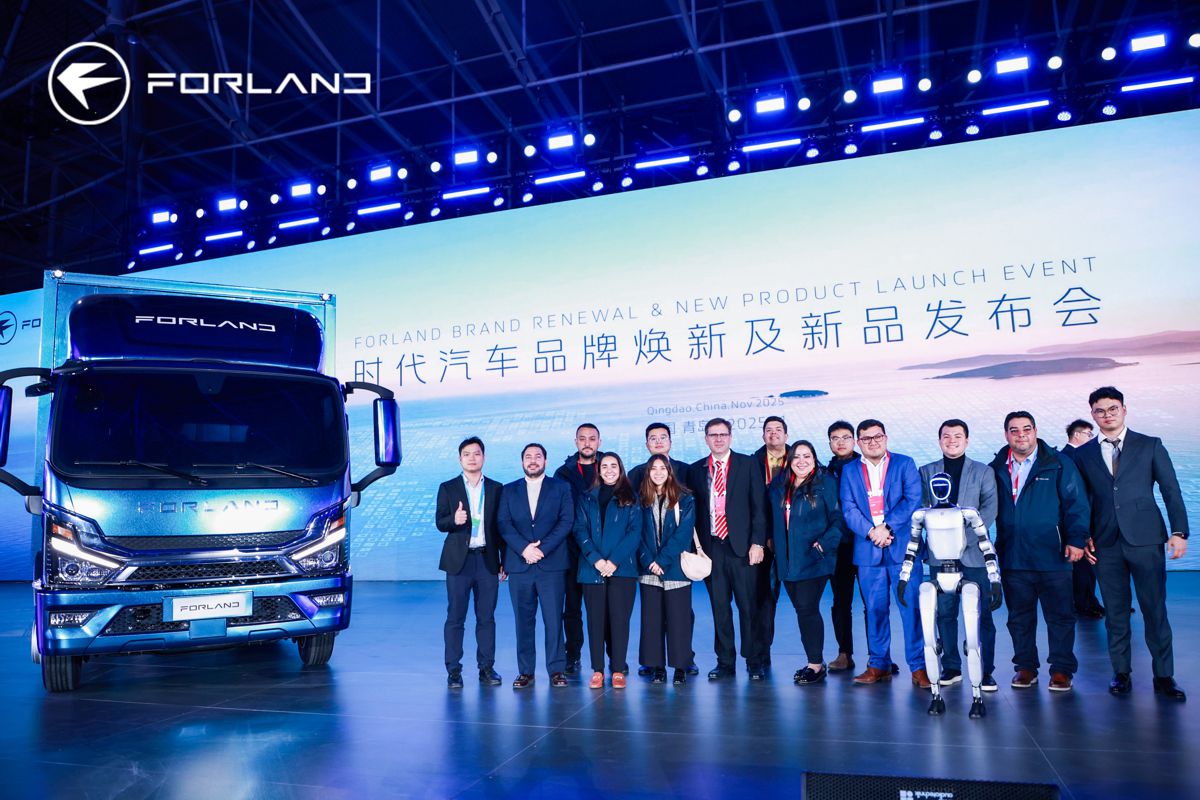The Future of Urban Air Mobility and Smart Cities
Urban air mobility (UAM) is no longer the realm of sci-fi or cartoon fantasies. Soon, electric flying taxis, known as eVTOLs (electric vertical take-off and landing aircraft), may take to the skies to whisk people and cargo over city congestion.
Major U.S. cities could witness these flying taxis as early as 2025, reshaping urban landscapes and offering new modes of transport. Here’s a deep dive into the transformative potential of UAM, its challenges, and the technology behind it.
What is Urban Air Mobility?
UAM is a cutting-edge solution aimed at reducing road congestion by moving short-distance travel to the air. Think of it as a blend between public transport and personal air travel, where electric-powered aircraft operate in low-altitude airspace to bypass traditional roads. It’s a concept closely tied to the vision of “smart cities,” where movement within urban centres is fluid, accessible, and environmentally friendly. The promise of these air taxis is about creating more sustainable cities while relieving pressure on overcrowded road systems.
“It ties into this concept of smart cities,” says Raghu Raghavan, Dean’s Professor of Management Science and Operations Management at the University of Maryland Robert H. Smith School of Business. “Getting around—going from one place to the other—is going to be much easier and sustainable, while allowing for dense urban areas.”
How eVTOLs Are Different
Unlike helicopters, eVTOLs are electric-powered, meaning they generate much less noise, making them more suited to urban spaces. They take off and land vertically, needing minimal space and allowing for flexible deployment from vertiports—small take-off and landing sites typically on rooftops. These vertiports make flying taxis feasible even in densely packed cities, making the best use of vertical space. Most eVTOLs can seat between four to six passengers, making them ideal for shared trips, such as an airport run, picked up from nearby vertiports.
The flexibility and minimal noise of eVTOLs are crucial for UAM’s appeal. No longer will flights be confined to traditional airports; a simple rooftop structure will do. This distributed network of vertiports offers greater accessibility across urban areas, connecting residential, commercial, and transport hubs.
Key Challenges in Urban Air Mobility
The journey toward realising a functional UAM network is not without its hurdles. The practical demands of scheduling and managing these taxis efficiently bring up unique challenges. As analysed by Raghavan, along with Bruce Golden, France-Merrick Chair in Management Science at the University of Maryland, and then-PhD candidate Eric Oden, there are three major challenges:
- Passenger Demand and Scheduling: Unlike trains or buses, flying taxis need to serve customers swiftly without creating excessive wait times. Routing must be designed to maximise passenger numbers while ensuring quick pick-ups.
- Battery Constraints: eVTOLs operate on electric power, which means limited range and the need for recharging. The taxis’ battery life and charging schedule become critical, dictating when and where they can fly.
- Synchronising with Other Transit Options: For UAM to truly streamline urban travel, it needs to synchronise with existing ground transit networks. This means eVTOLs may need to connect to traditional public transportation to complete the “last mile” in urban commutes.
The team’s study used real-world data from Washington, D.C., to create a reliable model for routing these flying taxis, considering factors like battery life, passenger demand, and travel times.
“When you do research like this, you’re looking into the future, and you want to make sure your assumptions are as solid as they can be,” notes Golden, underscoring the need for realistic, forward-thinking models in this rapidly evolving field.
A New Approach to Scheduling
One solution developed by the research team is an algorithm that optimises how electric flying taxis route and schedule their trips. Similar to how ground taxis operate, the algorithm prioritises efficiency in matching riders with available flights. The aim is to maximise the number of passengers per route and ensure timely arrival at destinations, effectively increasing revenue and reducing downtime.
“The algorithm allows them to schedule their service to maximise the number of people they transport,” says Raghavan. “That then translates into maximising revenue generated from those passengers.”
Waiting time, it turns out, is critical. As Golden points out, even short delays can frustrate passengers, much like the reaction to waiting too long for a subway transfer. “If you had to wait more than 10 minutes from the Red Line to the Blue Line, you’d say: ‘This is crazy!’” Golden quips, noting that rapid, on-demand transport is the expectation for UAM’s success.
The Battery Challenge for Urban Air Mobility
Battery management is one of the core challenges for eVTOLs. Unlike traditional vehicles, electric air taxis can’t simply refuel and keep going. Instead, they need to be recharged, which can limit trip distances and flexibility. Battery management requires that operators track both current charge and the range needed to reach the next charging station.
“You fly from place A to B just like you drive your Tesla,” Raghavan explains. “It’s discharging, so you can’t just keep flying it.” Charging points at vertiports will play a crucial role in this setup, allowing taxis to recharge while waiting for new passengers or when their battery levels run low.
The Broader Impact of Urban Air Mobility
There’s an undeniable allure to UAM for urban planners and residents alike. The potential to reduce ground traffic, improve air quality, and create a quicker, quieter way to move around crowded cities is substantial. Golden, Raghavan, and Oden’s work demonstrates that the benefits go beyond convenience—UAM can significantly reduce costs associated with moving both people and goods.
Furthermore, a streamlined UAM network could link with other transport systems, creating an interconnected urban mobility ecosystem. Imagine a scenario where a passenger lands at a city vertiport and immediately hops into an autonomous vehicle or train, completing the journey with minimal hassle. Integrating these new and traditional transport options could unlock even more efficiency, making cities more liveable and accessible.
Future Directions for Urban Air Mobility
The path to achieving UAM on a large scale will require further advancements in battery technology, air traffic management, and regulatory frameworks. Current models suggest UAM can only function effectively with close monitoring of airspace to avoid overcrowding, particularly as more companies enter the space.
Research like that of Golden, Raghavan, and Oden is paving the way, but new directions will likely include:
- Enhanced AI for real-time scheduling and route optimisation.
- Advances in battery tech to increase flight range and reduce charging times.
- Regulatory frameworks that define how eVTOLs interact with existing air traffic and ground transport.
For those excited by the prospect of a world where urban air taxis become the norm, the journey has only just begun.
Pioneering Tomorrow’s Transit
With this ground-breaking research, the vision for UAM is no longer just a dream. The work led by the University of Maryland team demonstrates that electric flying taxis can become a feasible, efficient, and sustainable addition to urban mobility. From optimised routes to battery management, the path forward for UAM is clearer than ever.
This fusion of ground-breaking technology with efficient, practical solutions for cities marks the beginning of a new era in urban transport—one that’s set to redefine what’s possible in city travel.




















